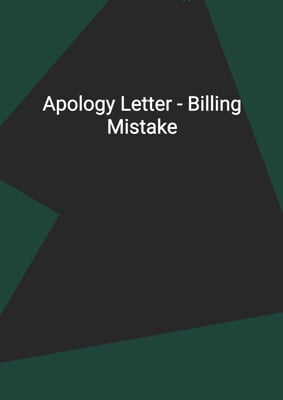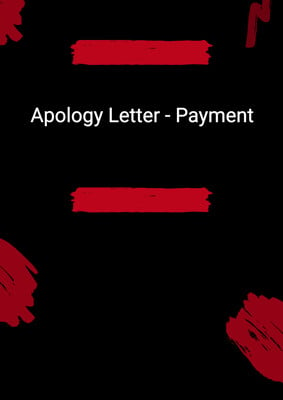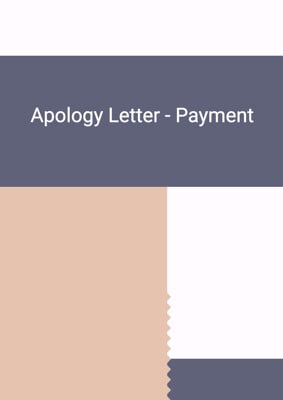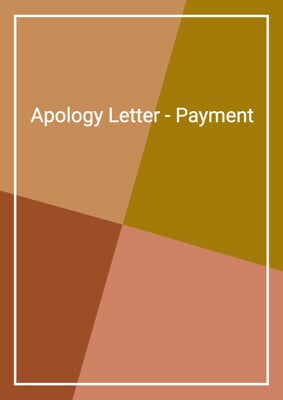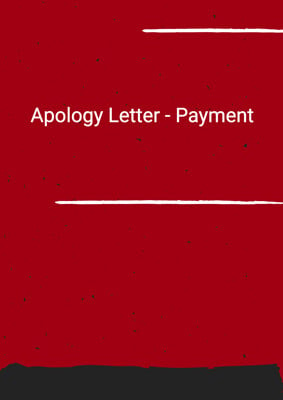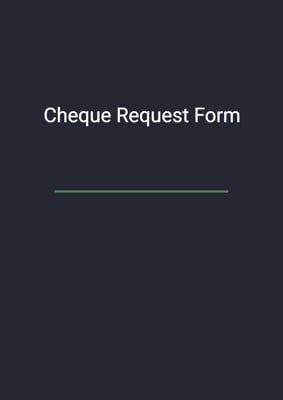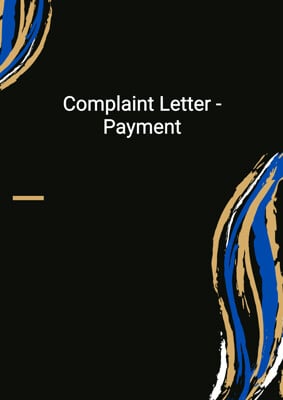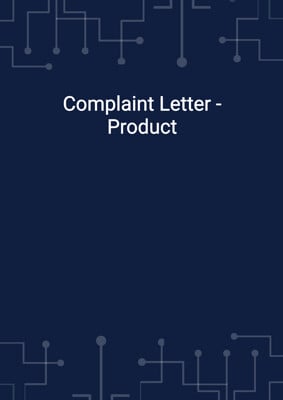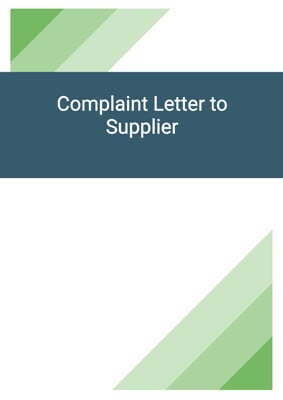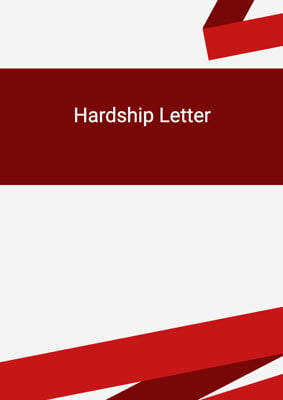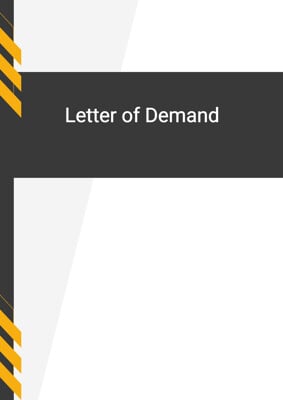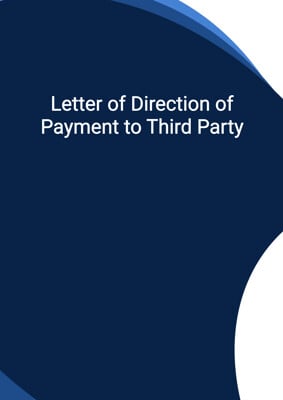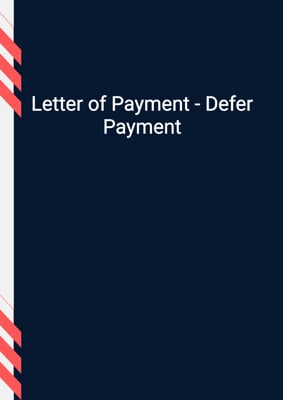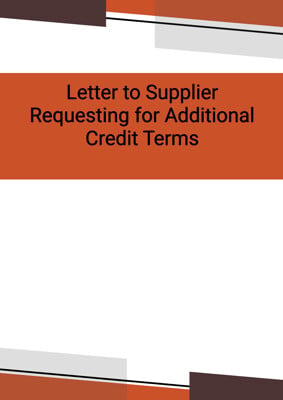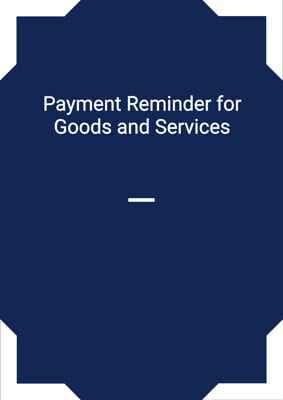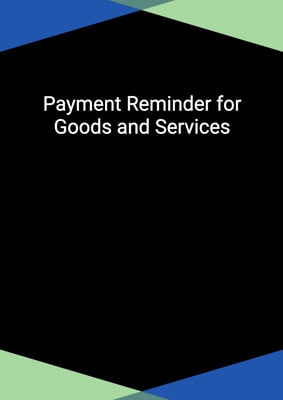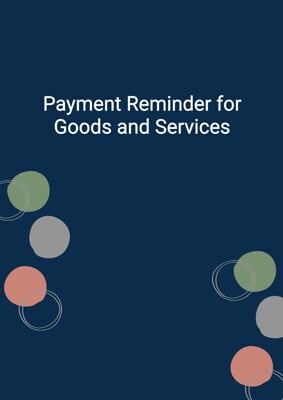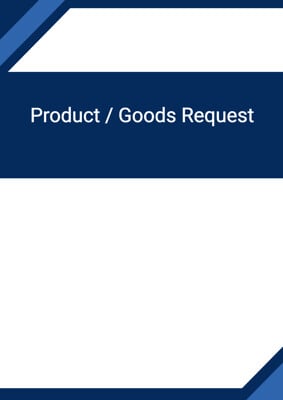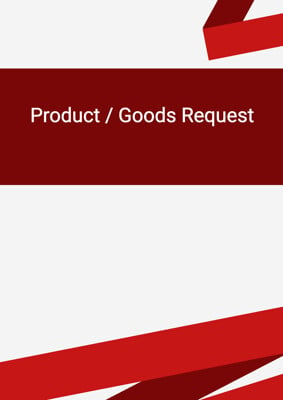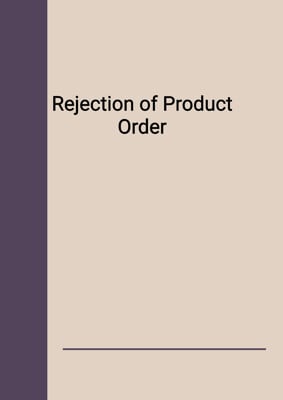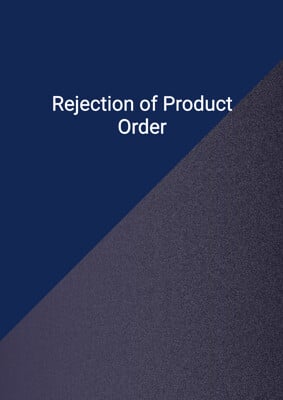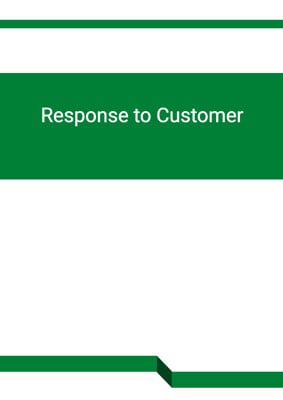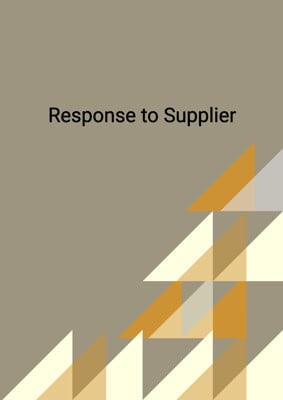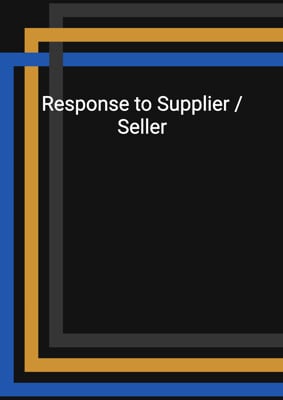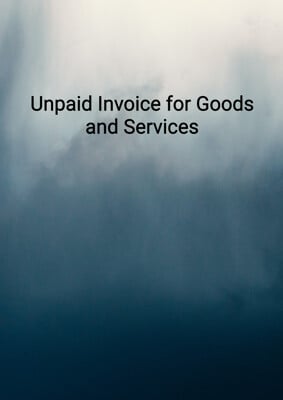How to Tailor the Document for Your Need?
01
Create Document
Click "Create Document" button and the document will be prepared with your account details automatically filled in.
02
Fill Information
Please fill in any additional information by following the step-by-step guide on the left hand side of the preview document and click the "Next" button.
03
Get Document
When you are done, click the "Get Document" button and you can download the document in Word or PDF format.
04
Review Document
Please review the document carefully and make any final modifications to ensure that the details are correct before sending to the addressee.
Document Preview
Document Description
The document titled 'Payment Reminder for Goods and Services' is a formal letter that serves as a final demand for payment of an outstanding invoice. It is used when a customer has not paid the amount due for goods or services despite multiple reminders. The document is important as it emphasizes the urgency of the situation and warns the customer about potential consequences if the payment is not made promptly.
The entire document is structured as a letter and contains several sections:
1. Header: The header includes the account holder's first name, last name, and address. It also includes the name and address of the party to whom the letter is addressed, along with the contact person's name.
2. Date: The current date is mentioned to indicate the timeliness of the letter.
3. Salutation: The letter begins with a salutation addressing the party's contact person.
4. Introduction: The introduction states that the letter is a final demand relating to a specific invoice number and its date. It also mentions the outstanding amount in the specified currency.
5. Late Payment Charges and Accrued Interest: If applicable, the letter includes information about any late payment charges or accrued interest that have been added to the outstanding amount.
6. Reminder of Previous Communication: The letter highlights that despite previous reminders, the customer has not responded satisfactorily.
7. Credit Terms and Overdue Invoice: The letter mentions the credit terms that require full payment within a specified time frame and states that the invoice is now overdue.
8. Appeal to Settle Out of Court: The letter appeals to the customer's business judgment and suggests settling the matter out of court to avoid legal action.
9. Payment Instructions: The letter provides instructions for making the payment, including the account details.
10. Consequences of Non-Payment: The letter warns the customer about the potential actions that may be taken if the payment is not made within a specified number of days. These actions include passing the invoice to a debt recovery agency and initiating legal or insolvency proceedings.
11. Urgency and Credit Score: The letter emphasizes the urgency of the situation and highlights the potential damage to the customer's credit score and the business relationship if the payment is not made promptly.
12. Closing and Signature: The letter concludes with a closing and the account holder's signature.
Each section of the document serves a specific purpose and contributes to the overall effectiveness of the payment reminder.
How to use this document?
Guidance for using the 'Payment Reminder for Goods and Services' document:
1. Enter Account Information: Fill in the account holder's first name, last name, and address in the designated fields.
2. Provide Party Information: Fill in the name and address of the party to whom the letter is addressed. Include the contact person's name.
3. Specify Invoice Details: Enter the invoice number and its date in the appropriate sections. Also, mention the outstanding amount in the specified currency.
4. Include Late Payment Charges and Accrued Interest (if applicable): If there are any late payment charges or accrued interest, include them in the letter. If not applicable, omit this section.
5. Highlight Previous Communication: Mention that despite previous reminders, the customer has not responded satisfactorily. This emphasizes the urgency of the situation.
6. Emphasize Credit Terms and Overdue Invoice: Clearly state the credit terms that require full payment within a specified time frame. Highlight that the invoice is now overdue.
7. Appeal to Settle Out of Court: Make a personal appeal to the customer's sound business judgment. Suggest settling the matter out of court to avoid legal action.
8. Provide Payment Instructions: Clearly state the instructions for making the payment, including the account details.
9. Warn About Consequences of Non-Payment: Clearly state the potential actions that may be taken if the payment is not made within a specified number of days. Mention passing the invoice to a debt recovery agency and initiating legal or insolvency proceedings.
10. Emphasize Urgency and Credit Score: Emphasize the urgency of the situation and the potential damage to the customer's credit score and the business relationship if the payment is not made promptly.
11. Review and Sign: Review the completed document for accuracy and completeness. Sign the document before sending it to the customer.
Note: This guidance provides a general overview of how to use the document. Adjustments may be necessary based on specific circumstances or legal requirements.
Not the right document?
Don’t worry, we have thousands of documents for you to choose from:

